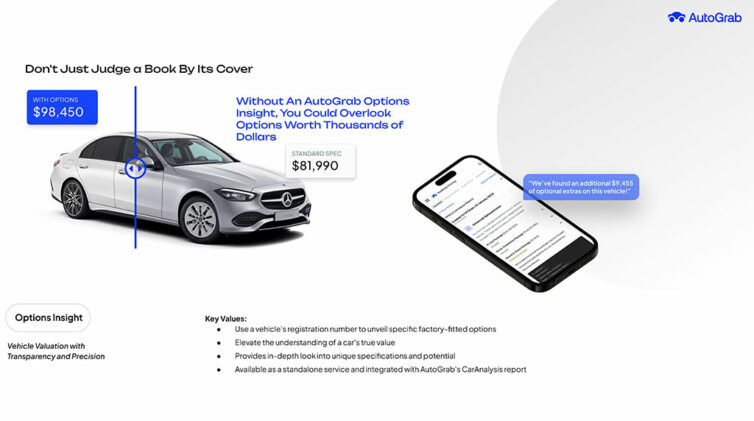The problem is enormous in the US with lenders exposed to an estimated $US7.7 billion ($A10.4b) in fraud in 2021.
US fraud prevention and analysis company Point Predictive found more than 16,600 suspicious loan applications — a 260 per cent increase — seeking a combined $US309 million ($A416m).
“The pandemic laid the groundwork for rising fraud risk in 2021 as fraudsters learned to use falsified information and identities to benefit from unemployment and paycheck protection programs,” Frank McKenna, Point Predictive chief fraud strategist, said in a statement.
“Now that these government programs have ended, automotive lenders are dealing with an influx of fraud.”
Similar to the US, synthetic identity fraud is also a big problem in Australia. The fraud is where criminals create fake identities to establish new bank accounts or lines of credit to steal money.
Pitcher Partners’ motor industry services lead, Steven Bragg, said the creation of fake identities to commit crimes has been around “since Adam was a boy.”
“However, with the move to digital capabilities criminals have been able to take synthetic identity frauds to another level,” he told GoAutoNews Premium.
“One of the biggest issues with synthetic identity fraud is it’s not always recognised, clearly defined, or recorded by the financier as it typically ends up written off as a credit loss.
“This happens because there is no ‘victim’ to notify the bank of unauthorised activity.
“This is effectively a double whammy for the financier as it has to absorb the credit loss and expend resources trying to collect from someone who doesn’t exist.”
There has been a marked increase in these types of frauds as evidenced by AUSTRAC (Australian Transaction Reports and Analysis Centre) in its report released in June 2021.
It said there were 2279 suspicious matter reports (SMRs) lodged by the sector between February 1, 2018 and 31 January 31, 2019, with the total value of transactions at $A366.8 million.
“The main threat facing the sector is fraud, particularly loan application fraud, identity fraud and welfare fraud,” the AUSTRAC report said.
“Non-bank lenders and financiers are also a target for money laundering, relating predominantly to unexpected early loan payouts.”
AUSTRAC highlighted that 72 per cent (1632) of the reports most commonly described loan application fraud, identity fraud and welfare fraud as the main threat facing the sector. Of these, 39 per cent included indicators of loan application fraud, the majority of which was conducted online.
It said: “The COVID-19 pandemic has presented challenges for many Australian businesses, including the non-bank lending and financing sector.
“During periods of significant lockdown, face-to-face meetings moved online and in-person verification of identification and other documentation in many situations was not possible.”
AUSTRAC said synthetic fraud was often associated with the person seeking to secure funding using someone else’s identity to avoid having to make repayments or presenting false and misleading information about themselves to the lender and financier to increase their chances of obtaining finance.
Mr Bragg said the auto lending and financing sector has increasingly moved to 100 per cent online delivery channels before and during the pandemic.
“This was primarily to gain efficiencies and ensure customers don’t abandon the loan process due to losing patience with the loan approval process,” he said.
“This shift exposes the auto lending and financing sector to cyber-enabled fraud, including fraudulent online loan applications and attempts to obtain loans using stolen or fraudulent identities.”
Mr Bragg said the fraudsters are well funded, organised and patient, sometimes taking months to establish the fake identities.
“There really is no end to the types of deceitful schemes they are cooking up,” he said.
In an article in Automotive News, Point Predictive said synthetic identities nearly doubled to 0.68 percent of all 2021 applications.
It recorded 76,418 potential synthetic applications spanning a combined $US2.85 billion ($A3.8b) loan value, compared with 38,225 suspicious applications and $US1.17 billion ($A1.6b) in 2020.
Point Predictive attributed the increase to companies falsely claiming to provide a “Credit Privacy Number” to consumers.
It said this scam arose several years ago with credit repair companies claiming to have nine-digit numbers that could be legally substituted for a Social Security number as a privacy safeguard.
In reality, the credit repair company provides a Social Security number obtained from the Internet, and the consumer unwittingly begins using a fake identity, he said.
Point Predictive estimated auto loan fraud would continue to be a significant challenge this year.
It said this would be fostered by thin inventory, lenders automating more of the loan process, criminals switching from stimulus fraud to auto loan fraud and regulations that simplify “credit washing” — neutralising a negative trade line by reporting it as identity theft.
By Neil Dowling















 Read More: Related articles
Read More: Related articles

